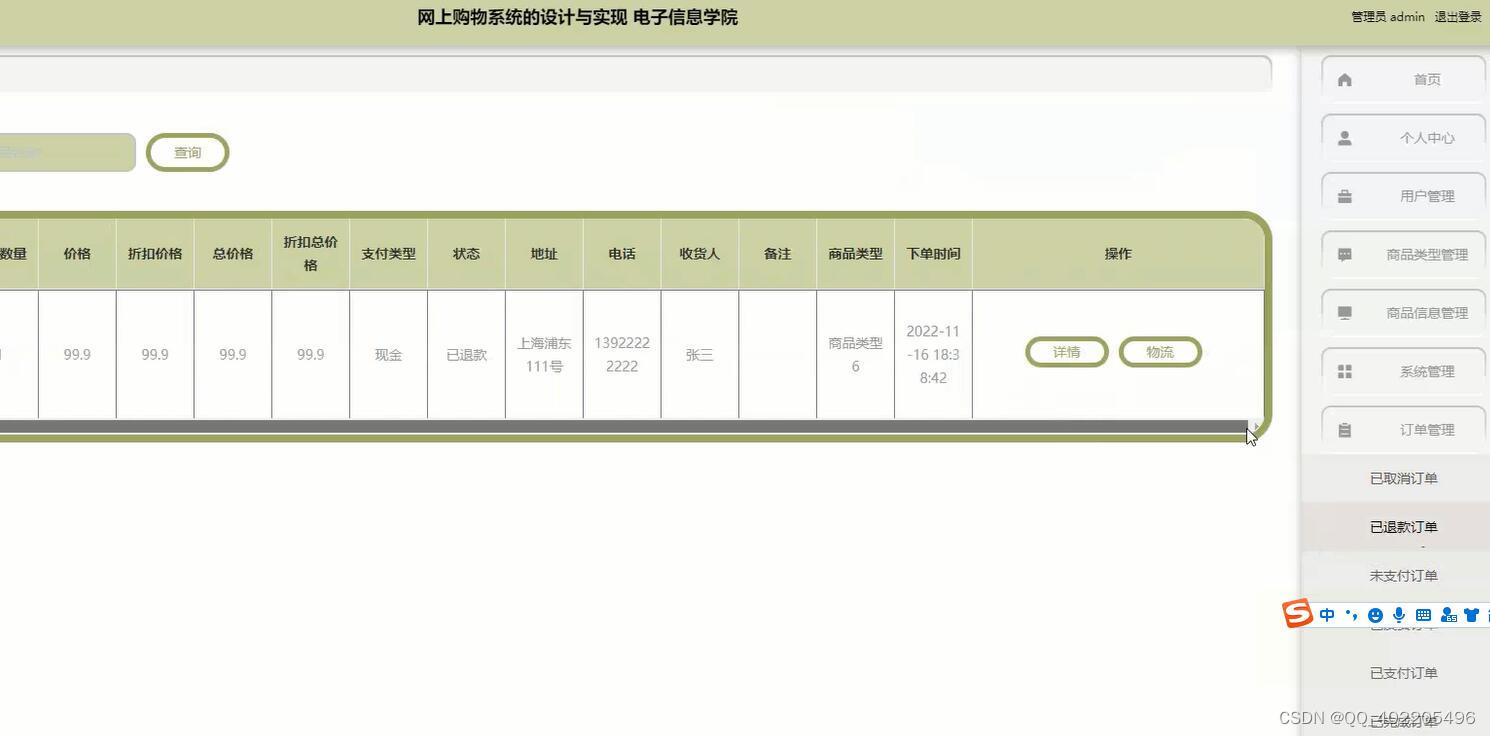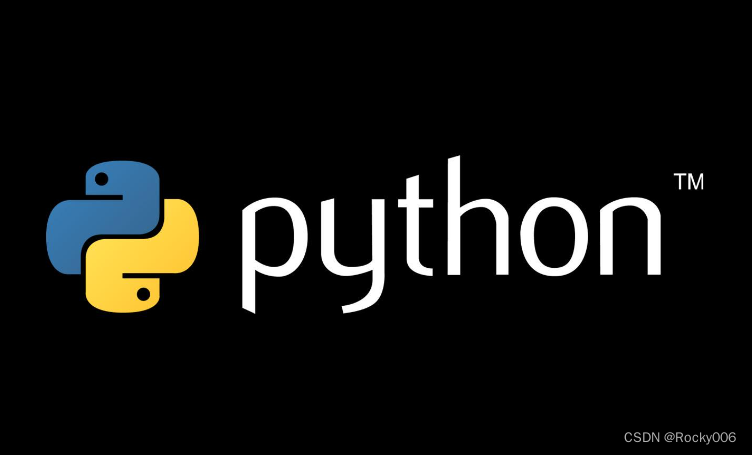#2阶段回归
reg_2nd = smf.ols(formula='lwage ~ educ_fitted + exper + expersq',
data=mroz)
results_2nd = reg_2nd.fit()
print(results_2nd.summary())
OLS Regression Results
==============================================================================
Dep. Variable: lwage R-squared: 0.050
Model: OLS Adj. R-squared: 0.043
Method: Least Squares F-statistic: 7.405
Date: Sun, 17 Jul 2022 Prob (F-statistic): 7.62e-05
Time: 16:40:02 Log-Likelihood: -457.17
No. Observations: 428 AIC: 922.3
Df Residuals: 424 BIC: 938.6
Df Model: 3
Covariance Type: nonrobust
===============================================================================
coef std err t P>|t| [0.025 0.975]
-------------------------------------------------------------------------------
Intercept 0.0481 0.420 0.115 0.909 -0.777 0.873
educ_fitted 0.0614 0.033 1.863 0.063 -0.003 0.126
exper 0.0442 0.014 3.136 0.002 0.016 0.072
expersq -0.0009 0.000 -2.134 0.033 -0.002 -7.11e-05
==============================================================================
Omnibus: 53.587 Durbin-Watson: 1.959
Prob(Omnibus): 0.000 Jarque-Bera (JB): 168.354
Skew: -0.551 Prob(JB): 2.77e-37
Kurtosis: 5.868 Cond. No. 4.41e+03
==============================================================================
Notes:
[1] Standard Errors assume that the covariance matrix of the errors is correctly specified.
[2] The condition number is large, 4.41e+03. This might indicate that there are
strong multicollinearity or other numerical problems.
2、采用linearmodels进行2SLS回归
使用linearmodels工具包中的IV2SLS工具,首先需要导入库
from linearmodels.iv import IV2SLS
IV2SLS(formula,data)
formula:回归方程,形式为:dep~exog+[endog~instr],其中exog表示外生变量,endog表示内生变量,instr表示工具变量
from linearmodels.iv import IV2SLS
reg_iv = IV2SLS.from_formula(
formula='lwage ~ 1 + exper + expersq + [educ ~ motheduc + fatheduc]',
data=mroz)
results_iv = reg_iv.fit(cov_type='unadjusted', debiased=True)
print(results_iv)
结果如下:
IV-2SLS Estimation Summary
==============================================================================
Dep. Variable: lwage R-squared: 0.1357
Estimator: IV-2SLS Adj. R-squared: 0.1296
No. Observations: 428 F-statistic: 8.1407
Date: Sun, Jul 17 2022 P-value (F-stat) 0.0000
Time: 16:42:41 Distribution: F(3,424)
Cov. Estimator: unadjusted
Parameter Estimates
==============================================================================
Parameter Std. Err. T-stat P-value Lower CI Upper CI
------------------------------------------------------------------------------
Intercept 0.0481 0.4003 0.1202 0.9044 -0.7388 0.8350
exper 0.0442 0.0134 3.2883 0.0011 0.0178 0.0706
expersq -0.0009 0.0004 -2.2380 0.0257 -0.0017 -0.0001
educ 0.0614 0.0314 1.9530 0.0515 -0.0004 0.1232
==============================================================================
Endogenous: educ
Instruments: fatheduc, motheduc
Unadjusted Covariance (Homoskedastic)
Debiased: True
三、工具变量相关检验
构建模型如下:
l
o
g
(
w
a
g
e
)
=
β
0
+
β
1
e
d
u
c
+
β
2
e
x
e
r
+
β
3
e
x
e
r
2
+
u
log(wage)=beta_0+beta_1educ+beta_2exper+beta_3exper^2+u
log(wage)=β0+β1educ+β2exper+β3exper2+u
(一)变量内生性检验
1、将疑是内生变量
e
d
u
c
educ
v
v
v。
e
d
u
c
=
π
0
+
π
1
e
x
p
e
r
+
β
2
e
x
p
e
r
2
+
β
3
m
o
t
h
e
r
e
d
u
c
+
β
4
f
a
t
h
e
r
e
d
u
c
+
v
educ=pi_0+pi_1exper+beta_2exper^2+beta_3mothereduc+beta_4fathereduc+v
educ=π0+π1exper+β2exper2+β3mothereduc+β4fathereduc+v
import statsmodels.formula.api as smf
#1阶段回归
reg_1st= smf.ols(formula='educ ~ exper + expersq + motheduc + fatheduc',
data=mroz)
results_1st = reg_1st.fit()
mroz['resid'] = results_1st.resid #获得残差
v
v
v
v
v的系数显著异于零,则
e
d
u
c
educ
educ变量是内生的。
l
o
g
(
w
a
g
e
)
=
β
0
+
β
1
v
+
β
2
e
d
u
c
+
β
3
e
x
p
e
r
+
β
4
e
x
p
e
r
2
+
u
log(wage)=beta_0+beta_1v+beta_2educ+beta_3exper+beta_4exper^2+u
log(wage)=β0+β1v+β2educ+β3exper+β4exper2+u
#2阶段回归
reg_2 = smf.ols(formula='lwage~ resid + educ + exper + expersq',
data=mroz)
results_2 = reg_2.fit()
print(results_2.summary())
结果如下:
OLS Regression Results
==============================================================================
Dep. Variable: lwage R-squared: 0.162
Model: OLS Adj. R-squared: 0.154
Method: Least Squares F-statistic: 20.50
Date: Sun, 17 Jul 2022 Prob (F-statistic): 1.89e-15
Time: 17:02:34 Log-Likelihood: -430.19
No. Observations: 428 AIC: 870.4
Df Residuals: 423 BIC: 890.7
Df Model: 4
Covariance Type: nonrobust
==============================================================================
coef std err t P>|t| [0.025 0.975]
------------------------------------------------------------------------------
Intercept 0.0481 0.395 0.122 0.903 -0.727 0.824
resid 0.0582 0.035 1.671 0.095 -0.010 0.127
educ 0.0614 0.031 1.981 0.048 0.000 0.122
exper 0.0442 0.013 3.336 0.001 0.018 0.070
expersq -0.0009 0.000 -2.271 0.024 -0.002 -0.000
==============================================================================
Omnibus: 74.968 Durbin-Watson: 1.931
Prob(Omnibus): 0.000 Jarque-Bera (JB): 278.059
Skew: -0.736 Prob(JB): 4.17e-61
Kurtosis: 6.664 Cond. No. 4.42e+03
==============================================================================
Notes:
[1] Standard Errors assume that the covariance matrix of the errors is correctly specified.
[2] The condition number is large, 4.42e+03. This might indicate that there are
strong multicollinearity or other numerical problems.
(二)过度识别检测
步骤:
u
^
hat{u}
u^
2、将
u
^
hat{u}
u^对所有外生变量和工具变量回归,得到
R
2
R^2
R2
3、原假设为:所有工具变量与
u
u
u不相关,于是
n
R
2
∼
X
q
2
nR^2 sim X_q^2
nR2∼Xq2,其中
q
q
q是工具变量数量减去内生变量数量。如果
n
R
2
nR^2
nR2大于
X
q
2
X_q^2
Xq2某个显著性水平的临界值,则拒绝所有变量都是外生的原假设
from linearmodels.iv import IV2SLS
import statsmodels.formula.api as smf
import scipy.stats as stats
#第一步,用2SLS法估计方程,得到残差
reg_iv = IV2SLS.from_formula(
formula='lwage ~ 1 + exper + expersq + [educ ~ motheduc + fatheduc]',
data=mroz)
results_iv = reg_iv.fit(cov_type='unadjusted', debiased=True)
#第二步,将残差对所有外生变量和工具变量回归
mroz['resid_iv'] = results_iv.resids
reg_aux = smf.ols(formula='resid_iv ~ exper + expersq + motheduc + fatheduc',
data=mroz)
results_aux = reg_aux.fit()
#第三步,显著性判断
r2 = results_aux.rsquared
n = results_aux.nobs
q = 2-1
teststat = n * r2
pval = 1 - stats.chi2.cdf(teststat, q)
print(f'r2: {r2}')
print(f'n: {n}')
print(f'teststat: {teststat}')
print(f'pval: {pval}')
r2: 0.0008833442569250449
n: 428.0
teststat: 0.3780713419639192
pval: 0.5386372330714363
经过上述步骤我们得到,有n=428条观测数据,p值为0.539,在5%的显著性水平下不能拒绝原假设,即父母的受教育程度通过了过度识别检测,可作为工具变量。
原文地址:https://blog.csdn.net/mfsdmlove/article/details/125834538
本文来自互联网用户投稿,该文观点仅代表作者本人,不代表本站立场。本站仅提供信息存储空间服务,不拥有所有权,不承担相关法律责任。
如若转载,请注明出处:http://www.7code.cn/show_27188.html
如若内容造成侵权/违法违规/事实不符,请联系代码007邮箱:suwngjj01@126.com进行投诉反馈,一经查实,立即删除!






